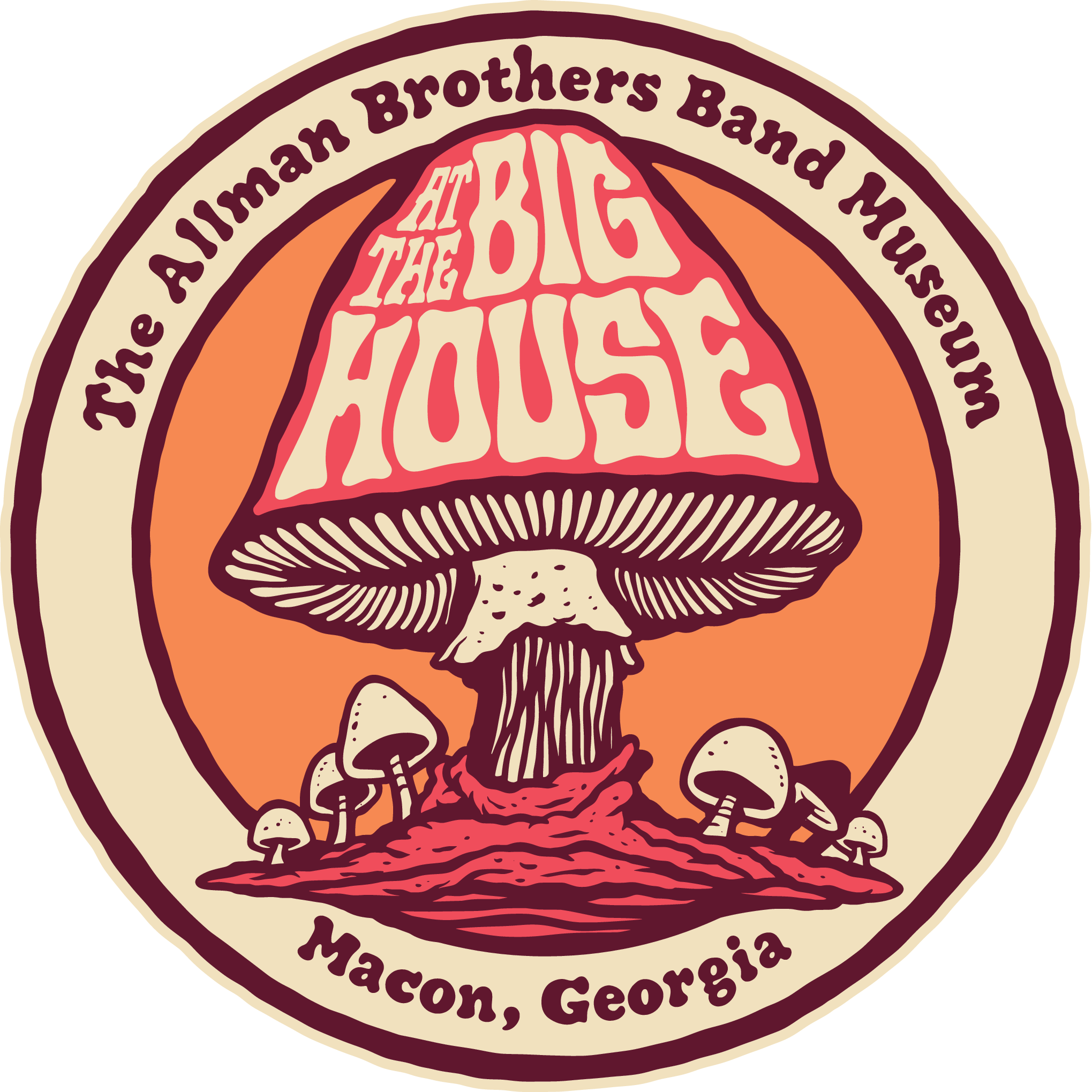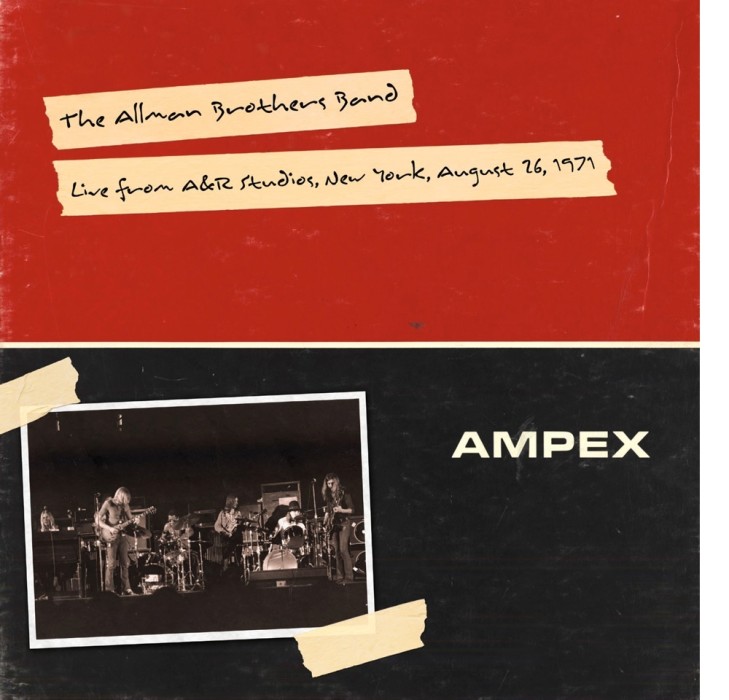BY JOHN LYNDON-
We don’t know when Duane Allman and King Curtis first met, but we do know that upon meeting they bonded and formed a close friendship with high regard for each other’s musical talents.
Both of them played at Aretha Franklin’s New York recording session in January 1969 which produced the hit song, “The Weight “ for her. And Curtis invited Duane to play on his album Instant Groove recorded at Fame Studios in Muscle Shoals later in 1969. Of course Duane’s session work decreased in 1970 and 1971 as the ABB gained momentum.
In March, 1971 King Curtis recorded his most popular album Live at the Fillmore West. Jerry Wexler with Atlantic Records wanted to expand the audience for Aretha Franklin, so he decided to record a live performance by her at the Fillmore West, backed not by her band, but by King Curtis and a band of top notch session players. King Curtis’ band opened, resulting in both Aretha’s and Curtis’ Live at the Fillmore West albums. Curtis’ album was in effect the opening set for Aretha’s performance.
The backing band was truly one for the ages. Led by Curtis on tenor, alto and soprano saxes; Billy Preston, organ; Jerry Jemmott (who we saw play with the ABB during their 45th anniversary Beacon run) on bass; Cornell Dupree, guitar; Truman Thomas, electric piano; Bernard Purdie, drums; and Pancho Morales, Conga drums. Supporting these guys were the Memphis Horns led by Wayne Jackson and Roger Hopps, trumpet; Andrew Love and Lou Collins, tenor sax; Jack Hale, trombone; and Jimmy Mitchell, baritone sax.
The King Curtis album created quite a ripple among my friends and 45 years later it has stood the test of time. When it was released much of the buzz focused on the first cut from the album, a reworking of Curtis’ classic tune, “Memphis Soul Stew.” Each instrument is added to the mix one at a time, with the first being Jerry Jemmott laying down as solid a bass groove as one could imagine when Curtis asked for “A half teacup of bass” followed by Bernard Purdie’s “half pound of fat-back drums.” The recipe continues until all the instruments have been added and the “Stew” is boiling.
But I’ve always been partial to the second cut, a gorgeous rendition of Procol Harem’s “A Whiter Shade of Pale.” I’ve included a link to this tune at the end of the post.
Unfortunately King Curtis was not around to experience the acclaim for his album as he was stabbed to death a week after its release when he confronted two people engaged in a heated argument over drugs on the steps of his brownstone apartment building in New York.
Thirteen days later, on August 26, 1971, the Allman Brothers Band entered A&R Studios in New York before a small audience to play a gig that was being broadcast live over WPLJ FM
At that time, the ABB was clearly a band destined for greatness. Two tough years of constant touring had generated a hard-core dedicated fan base and the band’s popularity exploded with the release of Live at the Fillmore East the previous month. They were at the top of their game. A live broadcast over one of the two great rock stations in New York was certainly going to further cement the band’s reputation as the best live band in America.
At A&R the band played what was then its standard set list:
Statesboro Blues
Trouble No More
Don’t Keep Me Wonderin’
One Way Out
In Memory of Elizabeth Reed
Stormy Monday
You Don’t Love Me, and
Hot’Lanta
What happened after Stormy Monday is best described in the liner notes of the CD written by our friend John Lynskey:
“What came next certainly is the focal point of Live from A&R and one of the high watermarks in the history of the Allman Brothers Band. A somber Duane Allman stepped up to the mic to deliver a spontaneous eulogy for King Curtis, his beloved friend and renowned saxophonist who had been murdered in front of his New York brownstone on August 13th. “What about King Curtis man? Man, that was one of the finest cats there ever was.” Duane stated, “He was just right on top of getting next to the young people, you know? It’s a shame.” Continuing, Duane said. “It’s unbelievable the power and the emotional stature that man had. He was an incredible human being, boy. At the funeral, Aretha sang and Stevie Wonder played, and man, they played “Soul Serenade.” As he quoted the first notes of the song that Curtis made famous in 1964, Duane inquired, “You ever hear that? Y’all are probably a bit too young to know. It’s fantastic.” The crowd responded with enthusiastic applause, prompting Duane to remark, “Yeah, we’ll do a little bit of that .” After asking the band, “You wanna do some of that?” Duane answered his own question by saying “I know where we’ll do it.” With that, he guided the group into “You Don’t Love Me,” and after Gregg sang the third verse, Duane stepped up for one of the monumental solos of his career. Following a long sustained note, Duane searched the fretboard before settling into the opening line of “Soul Serenade,” and then poured out his soul – anger, grief and sorrow were all expressed through six strings. One after another, the rest of the band fell in behind him, bringing what started out as a simple melody line to explosive crescendo. It was a three-minute masterpiece of improvisation, something only the Allman Brothers Band could have created, and it still echoes with power 44 years later.”
Other than the segue into “Soul Serenade,” Duane’s solo has a similar structure to his solo in “You Don’t Love Me” fromLive at the Fillmore East. And both versions of the tune end with the “Joy to the World” tease. When Galadrielle Allman was conducting the research for the book about her father, Please Be With Me, I told her that Twiggs told me that the two very low notes that Duane played in those solos were the two best notes he ever hit, and I was glad to see that she included that comment in her book.
Just as King Curtis did not get to enjoy the success of his album, Duane Allman did not live long enough to even begin to grasp the massive impact that Live at the Fillmore East had on his band and rock and roll, as he died on October 29th, 1971. The A&R gig was his last in New York City.
Many of us over the years have had bootleg copies of this broadcast, but it is wonderful to finally have this historic recording which was commercially released on April 4, 2016 by the ABB’s record label and with Bert Holman, the band’s manager producing he album. You can order a copy from The Big House Museum Gift Shop http://thebighousemuseum.com/ .
Enjoy,
John
A Whiter Shade of Pale:

